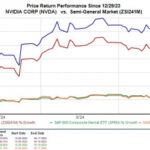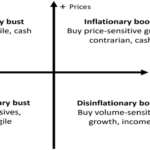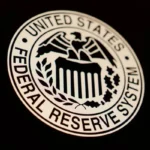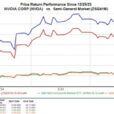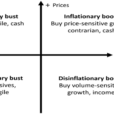
We have a very light data calendar. It is a short week with some post-vacation (ahem) attitude adjustment. There is little fresh news, but plenty of data from last week. FedSpeak is on high. It is a perfect setup for pundit pontification. Expect lots of navel gazing, with an emphasis on flaws. Many will be asking what can go wrong?
Last Week Recap
My expectation that last week would focus on jobs in the pre-Labor Day was pretty accurate, but also easy. There was plenty of competition from Harvey coverage. The economic news was solid leading into Friday’s payroll numbers. While that report was viewed as weak, it had little market effect.
The Story in One Chart
I always start my personal review of the week by looking at a chart of the overall market on a day-by-day basis.

Once again, we had a low-volatility, gentle climb. The avalanche of data and geopolitical news is not apparent from the chart.
The Silver Bullet
As I indicated recently I am moving the Silver Bullet award to a standalone feature, rather than an item in WTWA. I hope that readers and past winners, listed here, will help me in giving special recognition to those who help to keep data honest. As always, nominations are welcome!
The News
Each week I break down events into good and bad. For our purposes, “good” has two components. The news must be market friendly and better than expectations. I avoid using my personal preferences in evaluating news – and you should, too!
The economic news generally positive. The employment report miss is the possible exception.
The Good




The Bad

Payroll employment dropped to a net gain of 154K and missed the 180K expectation. Average hourly earnings gains were also a bit light. As usual, the small “miss” was deemed by many to be major news. I wish more folks would read my guide for interpreting the employment report. Here are a few interesting takeaways. Please note that the results are from data collected before Hurricane Harvey.
- CNBC collects a range of viewpoints from Wall Street economists. Goldman’s Jan Hatzius thinks that wages are on the path to improvement. Some others question the effect on the underlying trend. Diane Swonk (DS Economics) noted that the manufacturing increase was the best since 2012. (CF. Steven Hansen below).
- Disappointing says Calculated Risk. Bill is especially unhappy with the meager wage growth.



